How to source sustainable furniture
Here we recommend the best sources of sustainable design, as well as tips from the experts

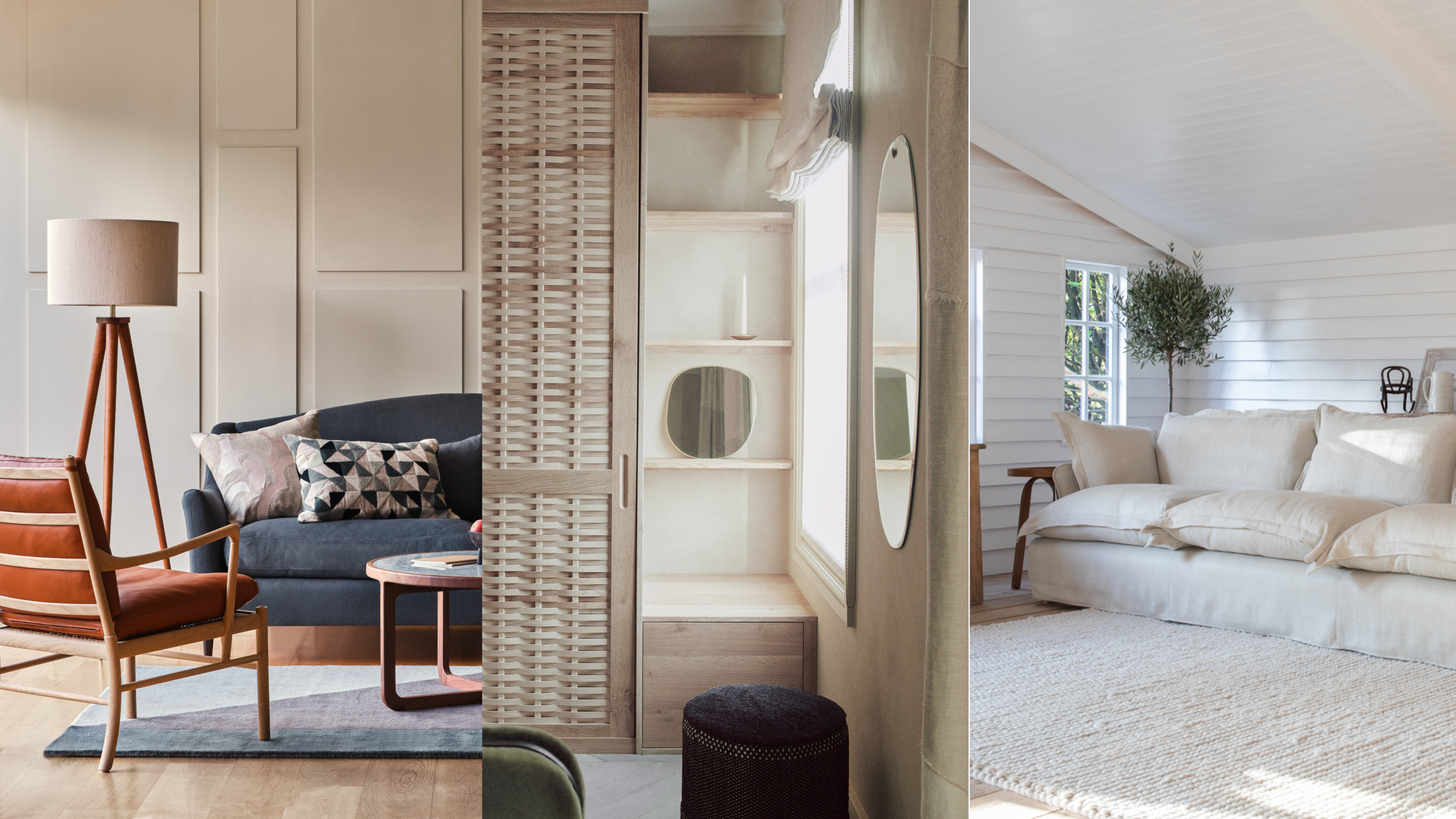
In the post-industrial era, the mantra is now 'reduce, reuse, and recycle' when it comes to furniture buying, so learning how to shop sustainably is essential if you want to improve your carbon footprint.
Whenever we're spending money on our homes, it pays to do some research on the most affordable ways to shop. Redecorating our living spaces or even simply buying new furniture involves a considerable investment.
If you're buying new from one of the best indoor furniture stores or looking for the best place to buy a couch, you'll want to ensure you are sourcing sustainably.
Industry experts and designers have revealed the best ways to source sustainable furniture. Sure, it might require some patience, but shopping more sustainably will leave you feeling happier at home.
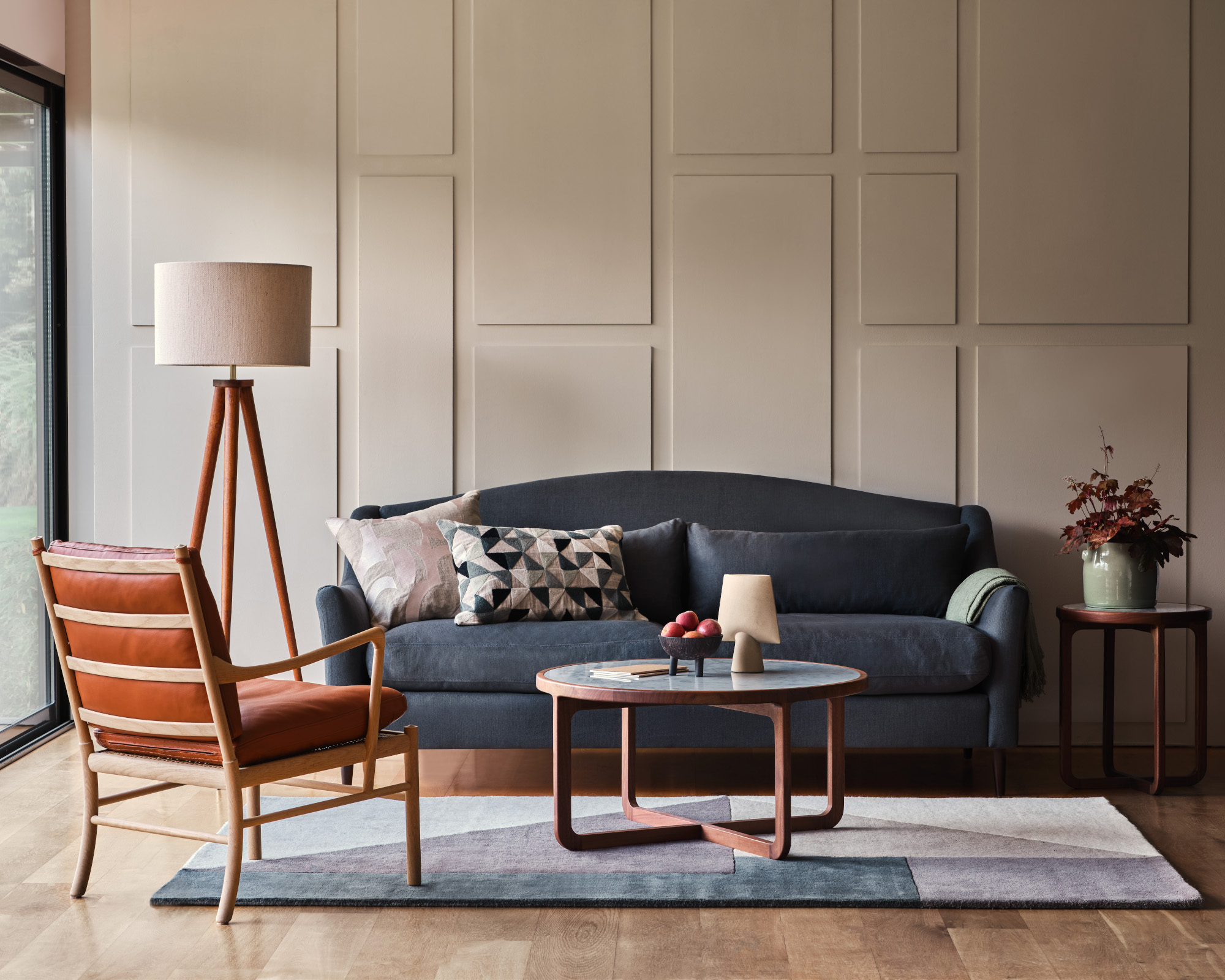
1. Check your sources and materials
It’s easy to become overwhelmed by choice and a struggle to understand how to minimize your impact on the planet, says Sabina Miller, buying director at Heal’s. After all, furniture trends come and go. She recommends looking at where a design is made as a first step. 'When purchasing from a local manufacturer, you not only support local craftspeople but are keeping carbon emissions low.'
Other pointers include looking at the materials – outdoor furniture made from salvaged fishing nets, repurposed yarns from fashion industry waste or rugs woven with plastic fibers from recycled bottles are all good examples. 'By turning yesterday’s waste into today’s raw material, manufacturers are able to reduce their carbon footprint and minimize the customer’s contribution to landfill,' she adds.
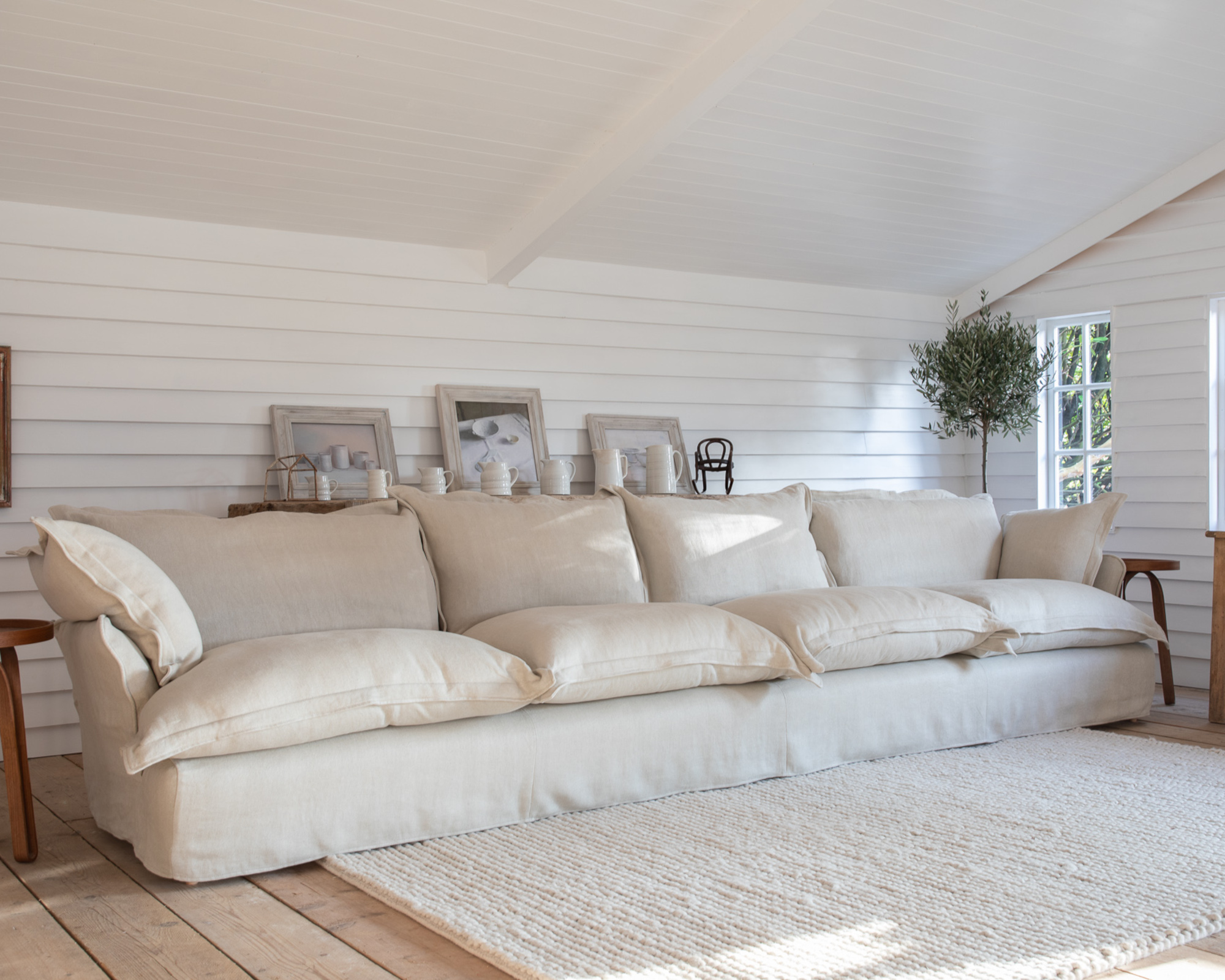
2. Choose furniture that is made in locally
Felix Conran, co-founder of Maker & Son, which makes sofas and beds (among other furniture and accessories) using natural, locally sourced materials believes it’s the designer who holds ultimate responsibility for sustainability.
Design expertise in your inbox – from inspiring decorating ideas and beautiful celebrity homes to practical gardening advice and shopping round-ups.
'I’d rather things weren’t made than they were made without thought. The designer needs to be aware that the objects they launch to the market are instruments for people’s lives to play out on and should be made in a way that they can adapt and change and, when they come to the end of their natural life, can be disassembled so that component parts can be reused or recycled.'
To promote longevity, Maker & Son provides a thirty-year guarantee on chairs and sofas.

3. Give antiques or second-hand a new lease of life
Arguably, the most environmentally friendly pieces are those which already exist. The average life of a modern sofa is between 7 and 15 years while an upholstered chair is estimated to be between 7 and 10 years. In 2019, a study found that 22m pieces of furniture are binned in the US each year, with much going straight to landfill. Changing tastes, a more mobile society, and more buying options mean that many have fallen into the habit of replacing old with new. It’s not a sustainable way to live. To classify as an antique, an object must have survived for over 100 years – that they do is a credit to craftsmanship (using dovetail joints instead of glue, for example), tools and materials used. Antiques that have withstood the test of time put paid to the concept of a lifespan for any furniture.
'Brand new furniture obviously requires new timber which is not at all sustainable,' points out interior designer Sarah Morris of McWhirter Morris, adding that a lot of modern furniture is made in the Far East. 'Shipping from this distance is not helping the environment either.'
A self-confessed junk shop addict, she recommends anyone starting out to get their eye in by finding a dealer they like. 'If possible, visit their shop and get to know them and their stock – you will find they will be passionate about their subject and you will easily be able to learn from them.'
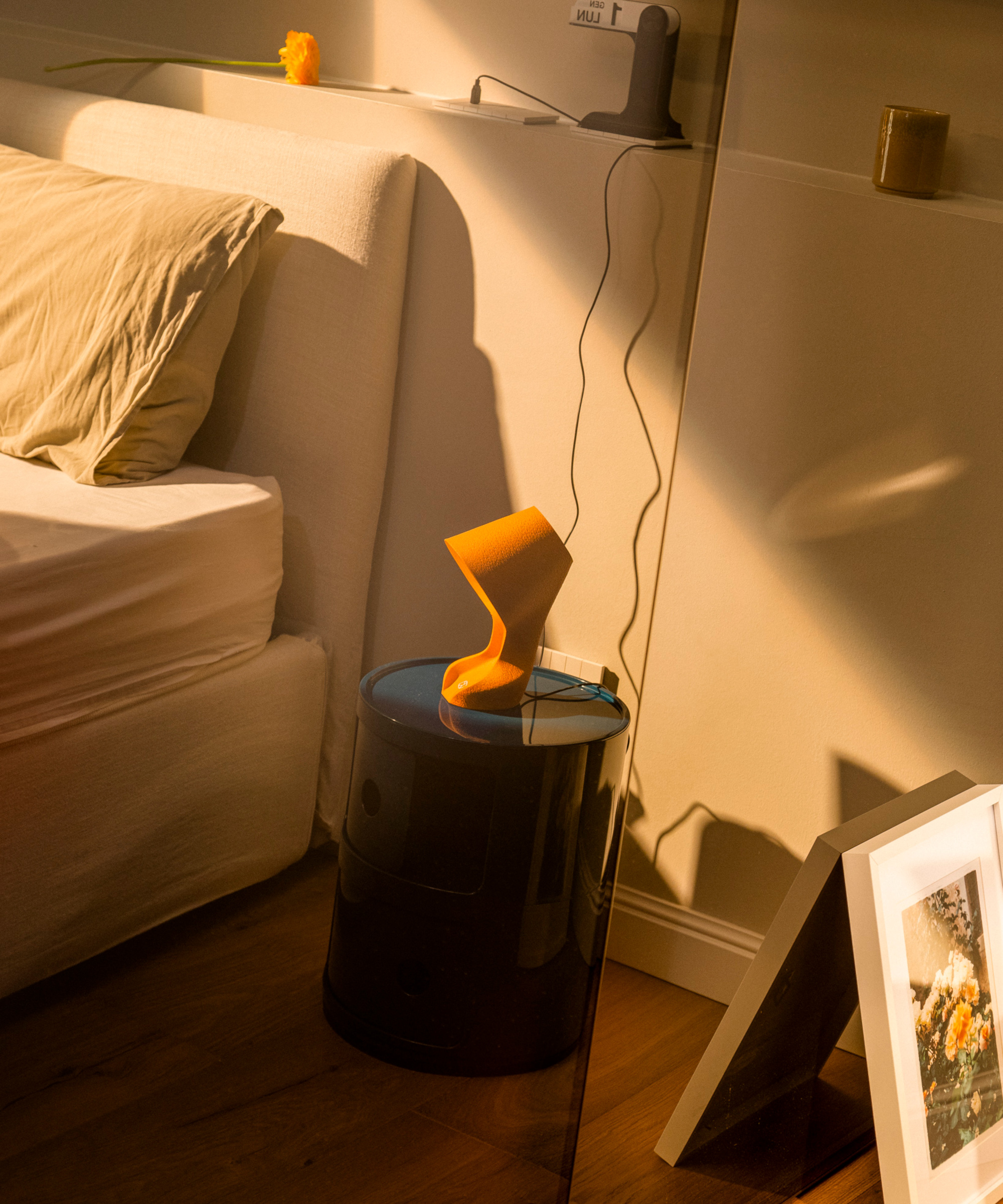
4. Explore brands that are re-using materials
Some are using technology to reuse. London-based design studio GoodWaste sources waste materials like marble offcuts, leftover concrete, and Corian from landfill and building suits and transforms them into bespoke furniture.
The Italian start-up, Krill Design, has a collection of fully biodegradable and compostable homeware made from 3D-printed orange peels. The Ribera collection includes a lamp and a modular desk made from orange peels which are collected from Sicily and transformed using a biopolymeric base derived from vegetable starches to which orange peels are added. It doesn’t end there: their latest collection is made from Mediterranean lemons.
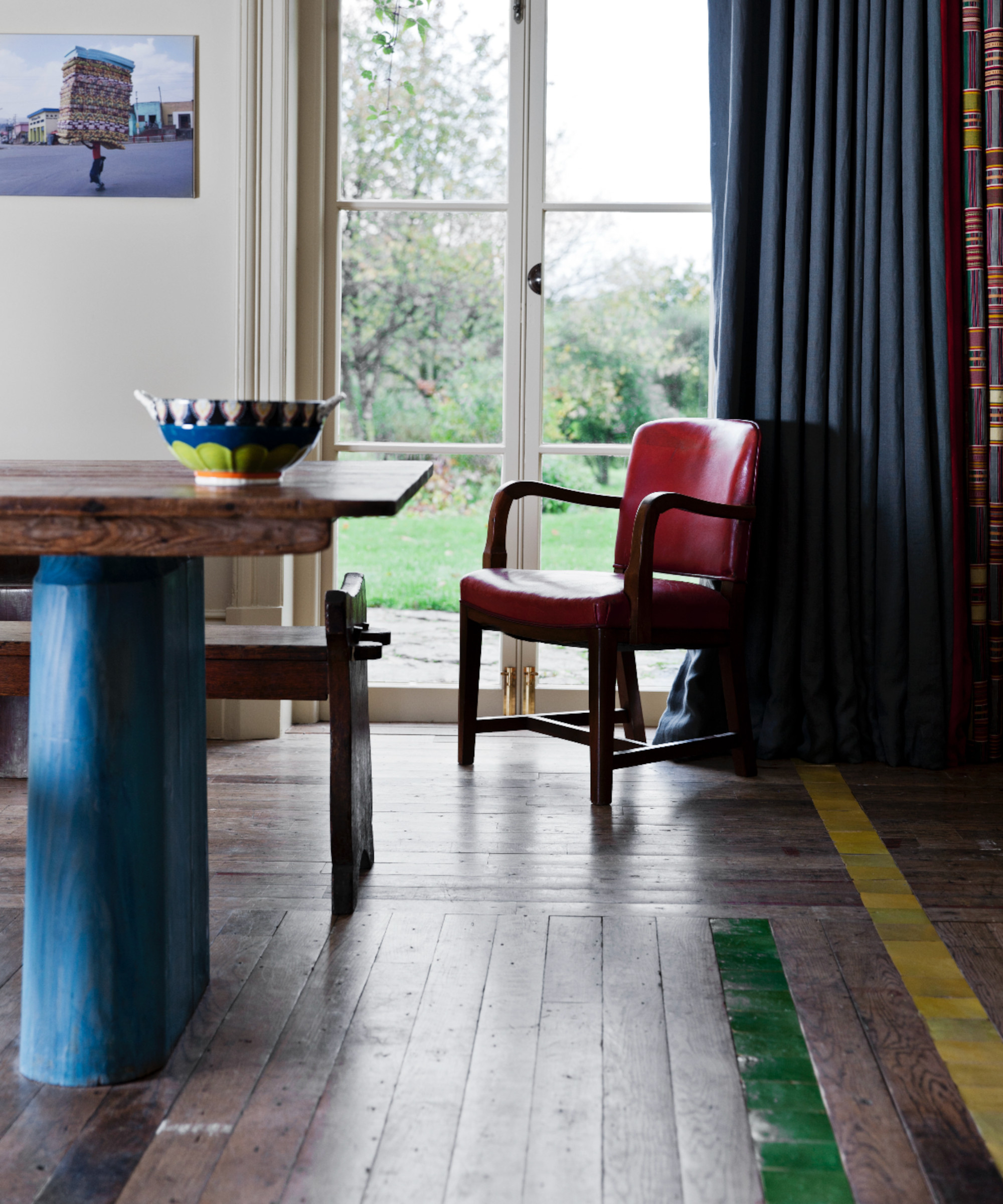
5. Go green by opting for reclaimed and repurposed
Natural materials especially reclaimed wood, bamboo, cork, hemp, and stone are some of the obvious sustainable choices. Early champions of re-use are Adam Hills and Maria Speaks of salvage specialists and interior design studio Retrouvius. They established their salvage business in north-west London back in 1993 – long before sustainability was a trend – with a belief that good materials and well-made things are precious and shouldn’t end up in a landfill.
The route to sustainable design is, believes Adam, 'questionable' but destroying what we already have is one of the worst outcomes. His motto is: 'Once you’ve got your mind tuned to saving stuff, and to salvage and materials and quality, you are always thinking laterally – it’s just a case of seeing what’s there and putting it in a new context.'
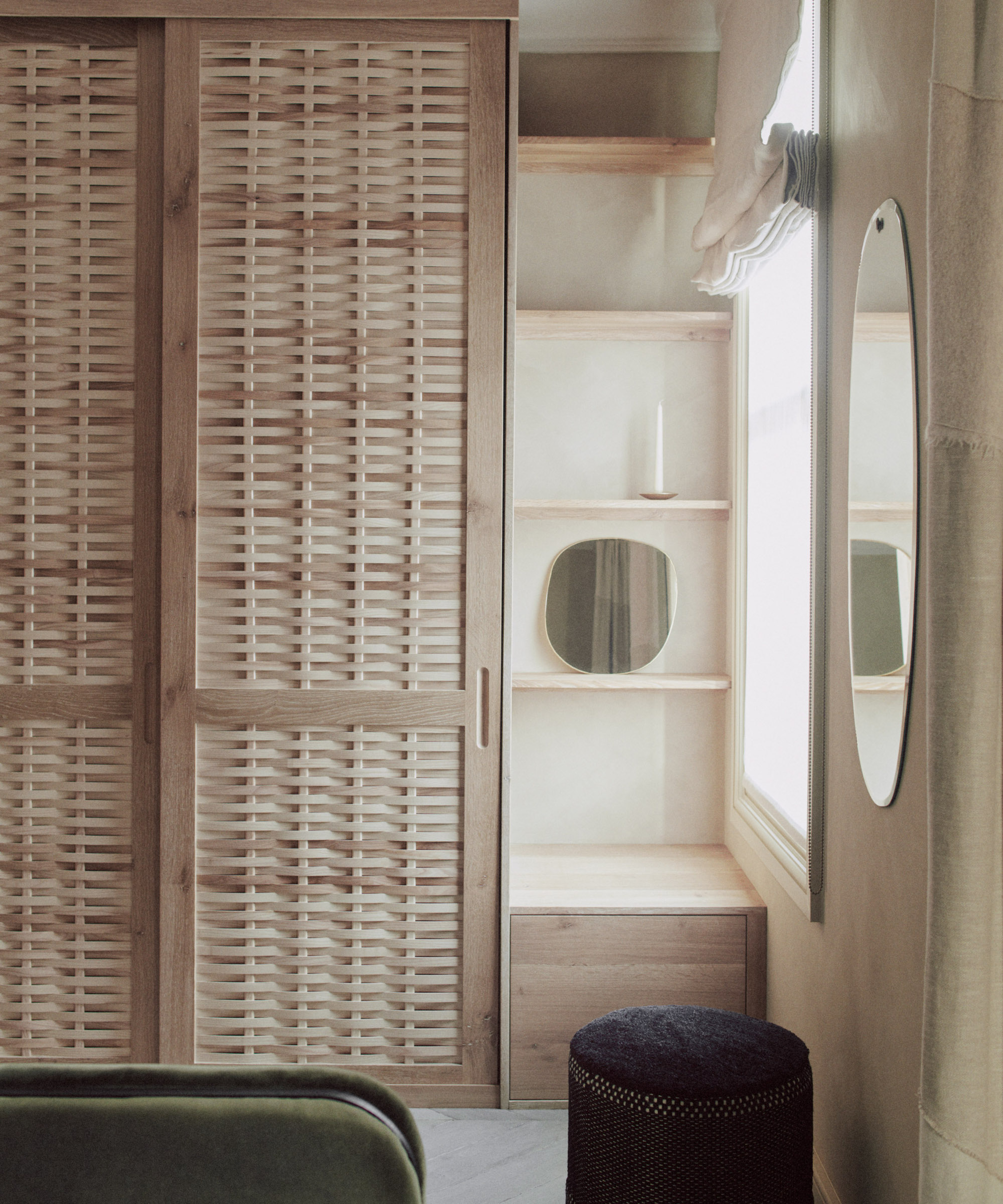
6. Choose raw materials and consider the carbon footprint
For anything made of wood, look out for the Forest Stewardship Council (FSC) certification, which means that the timber has been responsibly sourced, according to the council’s rigorous social and environmental standards. This helps to ensure the world’s forests are managed sustainably and protected for the future. Furniture made from easily renewable materials – for instance, bamboo – is ideal. Although cork, birch, oak (to an extent), and coppiced local wood are also good.
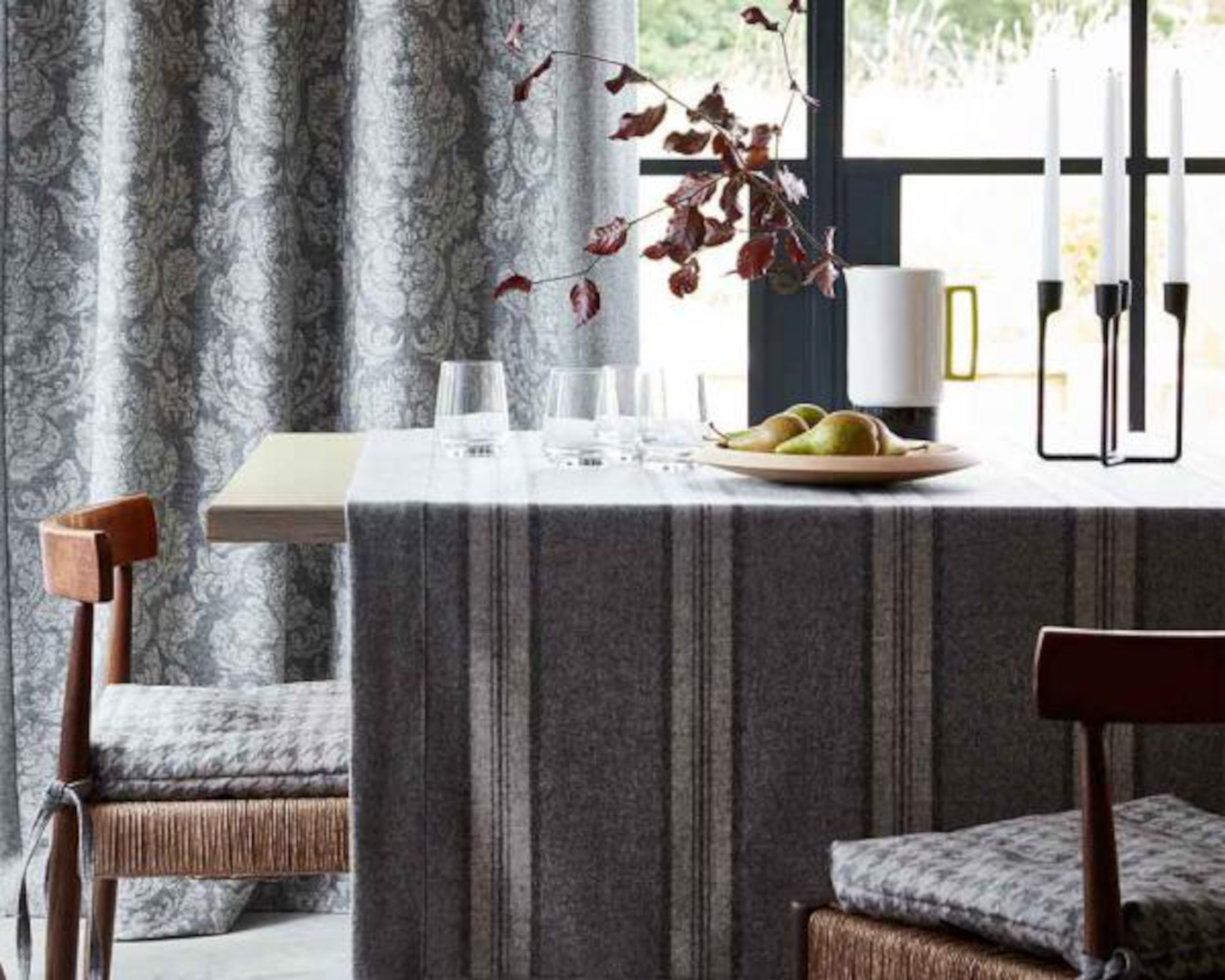
7. Don't forget the finer details like upholstery choices
What covers and fills a piece of furniture is important to think about, too. For a truly sustainable piece, look at the upholstery fabric. Companies including Ian Mankin use 100pc natural fibres including cotton, linen, wool, viscose or recycled and regenerated fibres. All their yarns are sourced from reputable audited responsible supply partners who adhere to the most stringent environmental legislation.
Don’t forget to consider not only what’s visible but that which is invisible too – what is used to stuff a chair, sofa or mattress. Many sofas and cushions today use foam, which is often not biodegradable. Feather mixes and coconut fibre (or coir) were traditionally used for stuffing upholstery and are still used by designers today to build up seats, backs and arms.
Even Ikea is moving over from using foam in their chairs and cushions to other materials such as wood fibre which is made from softwood shavings (they have committed to using only renewable and recycled materials by 2030).

Arabella is a freelance journalist writing for national newspapers, magazines and websites including Homes & Gardens, Country Life, The Telegraph and The Times. For many years she has specialized in writing about property and interiors, but she began her career in the early 2000s working on the newly launched Country Life website, covering anything from competitions to find the nation’s prettiest vicarage to the plight of rural post offices.